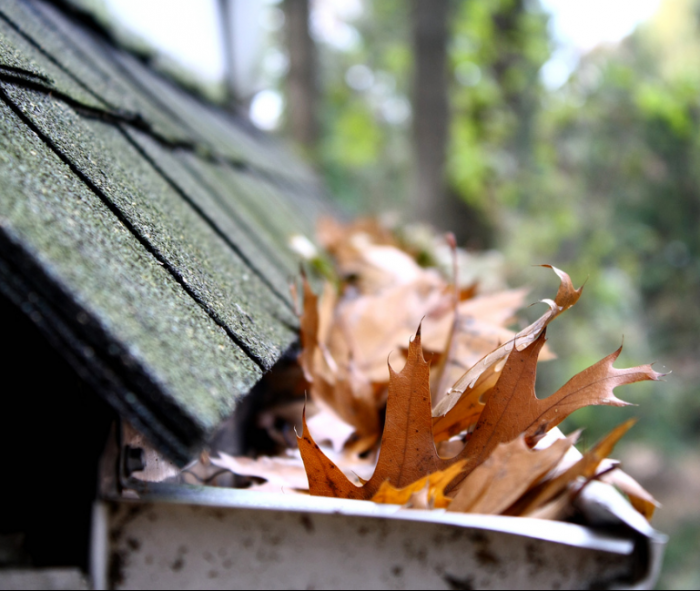California Winter Home Maintenance Checklist
January 16, 2019 2:46 pmCalifornia Winter Home Maintenance Checklist
California winters may be mild compared to other parts of the country. The weather can nonetheless take a toll on your property. When a home isn’t properly winterized, the heavy storms can cause everything from dry rot and roof leaks to crawl space flooding and substantially less energy efficiency which could rack up the bucks. That’s why, even in California, it’s crucial to perform preventative measures on your home and property in the winter. Here are some tips for keeping your home winter ready, both indoors and out.
Interior:
Service Heating System
Depending on the type of heating system you have, there are a few home maintenance things you should do. If you have a furnace, check the filter and change it out if needed. And those with a boiler should have their system cleaned every year. Those with gas should have a cleaning about every three years. Also, have your heating system inspected and serviced by a professional annually. This will ensure your system is working properly and rule out any potential hazards.
Check Fireplace & Chimney
If your home has a fireplace, you’ll need to make sure it’s performing properly. When a fireplace or stove isn’t maintained, it can lead to safety hazards like chimney fires or carbon monoxide poisoning. That’s why it’s always a good idea to have yours professionally cleaned and inspected for cracks and debris.
Check Smoke Detector & Carbon Monoxide Batteries
According to the U.S. Fire Administration, heating is the cause of 27 percent of structural fires. Make sure all smoke and carbon monoxide detectors are working in your home. Replace batteries in smoke/carbon monoxide detectors once a year, or better yet, replace your detectors with special 10-year battery units. Many people just change it out when it starts giving you the low battery beeping noise. With something as important as this, you can’t be too careful, and batteries won’t break your bank.
Reverse Ceiling Fans
If you have ceiling fans, there should be a switch to make the fan blades run clockwise. Running the blades in a clockwise position during the colder months can push heated air down. This makes rooms with high ceilings more comfortable.
Inspect Your Water Heater
Being without hot water is never fun. You can reduce the chances of water heater failure during winter by performing an inspection. Test your water heater’s pressure relief valve. This will prevent mineral and corrosion buildup, which safeguards against leaks. It will also help your heater run more efficiently. In addition to checking for water leaks, clean the air intake screen to ensure the burner is receiving enough oxygen. If you haven’t flushed your water heater’s tank in more than a year, it’s a good time to do so.
Exterior:
Check all Windows & Doors
Walk around the outside of the house and do a visual inspection of all windows and doors, looking for gaps where the trim meets the siding. Caulk any gaps around windows or doors. Open doors and check the condition of the weather stripping. You can check for air leaks around windows and doors with a lit candle. The candle will flicker everywhere the wind’s getting in. Maintaining weather stripping on the doors and windows will greatly improve home energy efficiency. If the issue persists, consult a window professional.
Check Drainage
Standing water can cause a lot of problems, from foundation erosion to crawl space flooding and puddling on your property. One simple measure to mitigate this is to ensure all gutter downspouts drain away from your home.
As for your overall property, there are two types of standing water that can cause problems: surface water and groundwater. Most surface water issues can be amended with a strategically placed surface drain, while groundwater issues are usually addressed using a French drain. Have a drainage professional identify the sources of your property’s drainage issues and prescribe solutions.
Inspect Roof
It’s important to clean your roof and verify its condition yearly. Start by clearing leaves, tree branches and other debris off your roof and from your gutters, paying special attention to valleys and other areas where debris can collect and cause leaks. Next, inspect your roof’s shingles and waterproofing components, including seals and flashings around penetrations like pipes, vents, skylights and chimneys. Since the summer heat can cause rubber seals and caulking to wear out prematurely, it’s wise to check these and replace any that are worn out.
Trim Tree Limbs
Trees can damage roofs and siding by trapping moisture near the house, scraping surfaces, and dropping limbs. Prune them to keep them off the house. If you own a home with stucco siding that extends all the way to the ground, avoid foundation plants altogether because the water necessary to maintain them can wick into the stucco, causing the stucco to fail. Keep plants at least 3 feet away from houses with full stucco siding.
Touch Up Failing Paint
House paint isn’t just for looks—it also seals the wood siding against moisture intrusion. Go around your home and assess the condition of the paint. Touch up any areas that look deteriorated; if the paint is in poor overall condition, schedule a professional repainting job.
Tags: hermosa beach, home maintenance, manhattan beach, palos verdes, real estate






